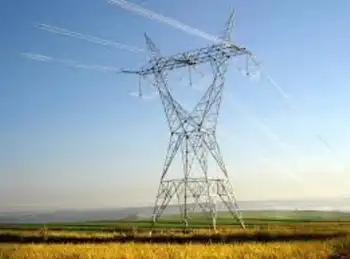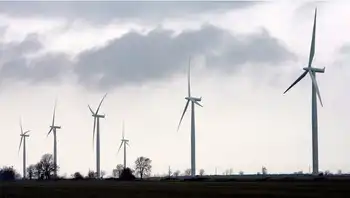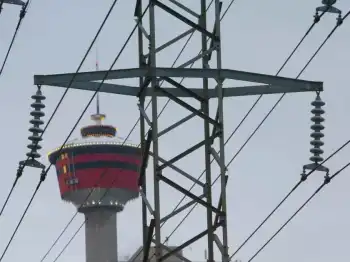Report reveals growth for global intelligent electronic devices market
By Research and Market
Arc Flash Training CSA Z462 - Electrical Safety Essentials
Our customized live online or in‑person group training can be delivered to your staff at your location.

- Live Online
- 6 hours Instructor-led
- Group Training Available
The intelligent electronic devices IED plays a significant role in automating substations and efficient monitoring of power delivery systems. IED is used in the power system to define devices that have electrical protection and monitoring functionalities with an advanced intelligent control system and can perform two-way communication with SCADA system.
Moreover, an IED has IEC 61580 protocol to communicate directly with the SCADA system that make it a unique device for active control in T&D of power delivery systems to the users. The major functions performed by IED are protection, monitoring, control, metering, and communication.
This report covers the present scenario and the growth prospects of the global intelligent electronic device market for the period 2015 and 2019. To calculate the market size, the report considers revenue generated through the sales of various intelligent electronic devices such as a digital relay, PLC, load tap controller, recloser, and smart meters. The report includes a discussion of the key vendors operating in this market.
Smart grid investment worldwide is estimated to reach around $200 billion by 2015. The rapid development of smart grids has fostered the growth of several technologies, which includes smart meters, digital relays, load tap controllers and PLC. Smart Grids comprise various smart grid applications such as smart meters, supervisory control, data acquisition systems, and IT networks, which hold a sizeable market share in the smart grid market, which is witnessing rapid growth.
According to the report, increasing urbanization and industrialization are demanding intelligent GIS that require less space and are more suitable for harsh environments such as deserts and sea coasts where they can be remotely controlled and monitored. IEDs such as digital protective relays, load tap controllers, PLC and smart meters are most suitable for controlling and monitoring substations.











